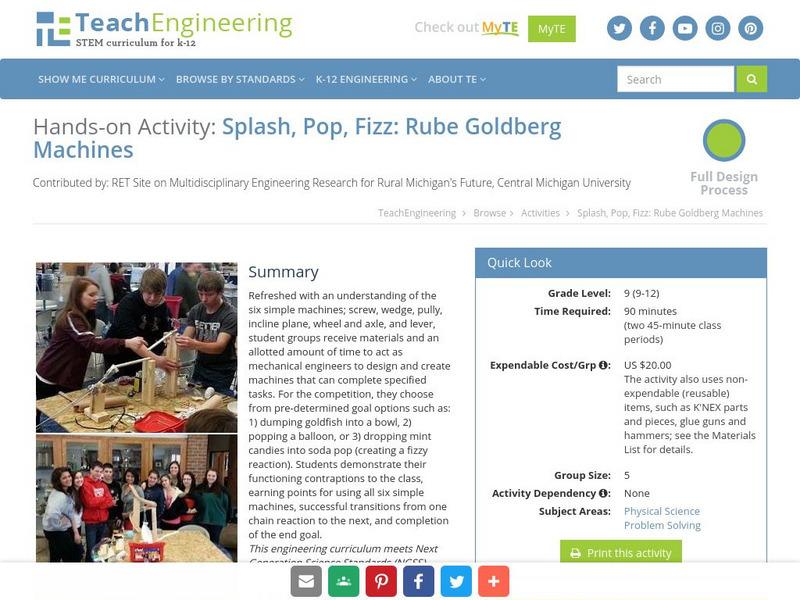PE Central
Pe Central: High Middle School Pe Lesson Ideas: Progressive Bowling
Students work together in "progressive bowling" to knock down all ten pins. This activity requires students to work together and to practice their rolling technique. Includes ideas for varying this activity and assessing students...
PE Central
Pe Central: Pre School Pe Lesson Ideas: Bowling
Introduce young children to bowling and the arm movements associated with this sport. This lesson plan allows students to create variation of bowling by setting up pins in unique arrangements and through participating in small groups.
PE Central
Pe Central: K 2 Pe Lesson Ideas: Bowl a Rama
Introduce children to bowling in this gym-class activity. Young students practice rolling a ball with partners and then practice rolling a ball toward specific targets.
PE Central
Pe Central: Classroom Teacher Integrated: Note Bowling
Pupils familiar with musical notes and their values can participate in "note bowling." The simple physical activity described at this website can take place in both gym class and in music class.
Science Education Resource Center at Carleton College
Serc: At the Speed of Bowling
In this lab students will measure the energy of a bowling ball with vernier motion detectors. The students will calculate the energy of the ball at the beginning, mid point, and end of a bowling alley. Students will inquire about the...
Library of Congress
Loc: Teachers: Out of the Dust: Visions of Dust Bowl History
Primary sources, in addition to Karen Hesse's award-winning historical fiction "Out of the Dust", guide students as they explore the the Dust Bowl and its effect on school life, community, family, and agriculture.
Science Education Resource Center at Carleton College
Serc: Vectors: Lifting a Bowling Ball
Students experience and analyze two different methods of lifting a bowling ball. By using and understanding vectors, they create a useful free body diagram to explain why one person can lift the bowling ball easier than two people
Science Education Resource Center at Carleton College
Serc: Bowling Balls: Will They Sink or Will They Float?
Students will investigate what determines whether a material will sink or float. They will be given a bowling ball and have to make measurements and conclusions on whether their bowling ball will float, hover, or sink when placed in an...
Other
Bowling Green St Univ: Introduction to Probability
This site from Bowling Green State University provides an introduction to probability. It discusses topics and activities such as interpreting odds, listing all possible outcomes (the sample space), basic probability rules, equally...
PE Central
Pe Central: Cooperative Learning: Team Bowling
The activity described at this website allows students to not only practice working with other people but also "Refine the skills of rolling and catching." Read a description of the activity and learn how to assess students' performances...
Other
Bowling Green State University: Probability Activities
A collection of links to probability activities. Each link contains a description of the activity, shown work, and the correct solution.
National Council of Teachers of Mathematics
Nctm: Figure This: Rose Bowl
A math challenge taken directly from the sports pages. Use your problem solving and data collection aptitude to find out how many different ways a Rose Bowl team could score 11 points. Try this one page activity from the NCTM Math...
Bullock Texas State History Museum
Bullock Museum: Chapter Ten: Resources and Climates [Pdf]
A teacher guide designed to support a visit to the Bullock Museum, but can be used on its own using available resources. Includes information, discussion questions, activities, and worksheets. This module looks at the challenges Texans...
PBS
Pbs Kids: Design Squad: Build: Robo Wheel
Make your own Robo Wheel to race or do freestyle tricks using simple household items like paper bowls, string, and rubber bands.
The Franklin Institute
The Franklin Institute: Earth Bowl
This activity from The Franklin Institute demonstrates the layers of the earth using gelatin, pudding, graham crackers, and a few other items. The young scholars actually construct a representation of the earth that they can eat.
Scholastic
Scholastic: Book Files: Out of the Dust
"Out of the Dust", a Newbery Award Winning, poetic book by Karen Hesse. The heroine, Billie Joe, faces issues of forgiveness and healing during the Dust Bowl. The story is set in Oklahoma, during the Great Depression. Make a smart choice...
Science Education Resource Center at Carleton College
Serc: Planets Made Real: Creating Size and Distance Scale of Planets
An activity where students build a scale model of the solar system based on a marble they pick from a bowl. After choosing a marble that represents Earth, students must calculate the size of the other planets and the sun. Site includes...
Other
Federal Aviation Administration: How to Make a Compass [Pdf]
Learn what a compass is, how it works, and how you can create a simple one using a sewing needle, magnet, bowl of water, and a piece of paper.
TeachEngineering
Teach Engineering: Splash, Pop, Fizz: Rube Goldberg Machines
Refreshed with an understanding of the six simple machines; screw, wedge, pully, incline plane, wheel and axle, and lever, student groups receive materials and an allotted amount of time to act as mechanical engineers to design and...
Museum of Science
Museum of Science and Industry: Online Science: Get the Porridge Just Right
Step-by-step illustrated instructions for an experiment investigating the loss of heat in three bowls of porridge.
TeachEngineering
Teach Engineering: Find Your Own Direction
In this activity, students create their own simple compass using thread, needle and water in a bowl - and learn how it works.
Practical Action
Practical Action: Floating Garden Challenge
In this unit, students will learn about the difficulty that farmers in Bangladesh and the UK experience trying to grow crops on land that is regularly flooded. Then they will be challenged to make a model of a structure that can float to...
Department of Defense
Do Dea: Art Appreciation: Unit 7: Photography
In this seventh and final unit of a course on Art Appreciation, students learn about photography and significant photographers. This is followed by a discussion of television and film. Students will learn terminology used, technical...
Department of Defense
Do Dea: Ap Us History: Unit 7: Facing Challenges at Home and Abroad
This extensive learning module examines the role of economic fluctuations in creating new demands on the government to design reforms and how the United States became a dominant military, political, cultural, and economic force in the...




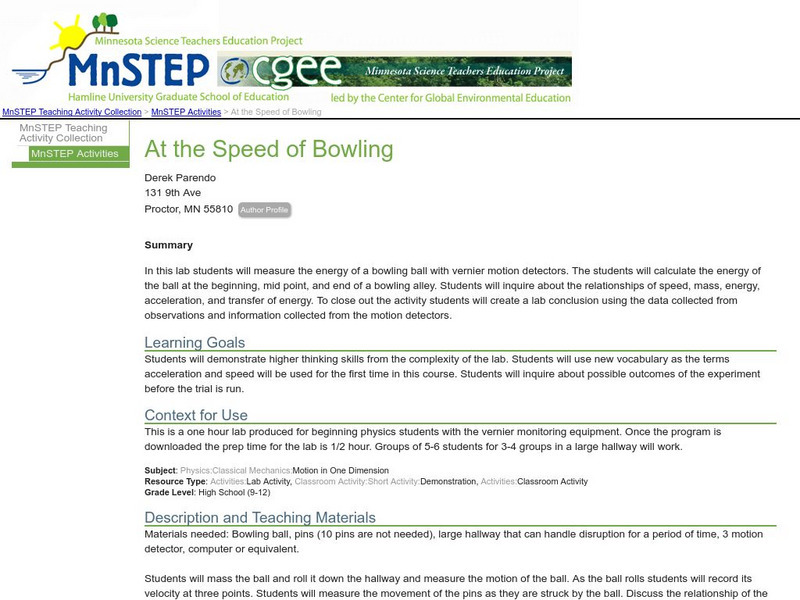

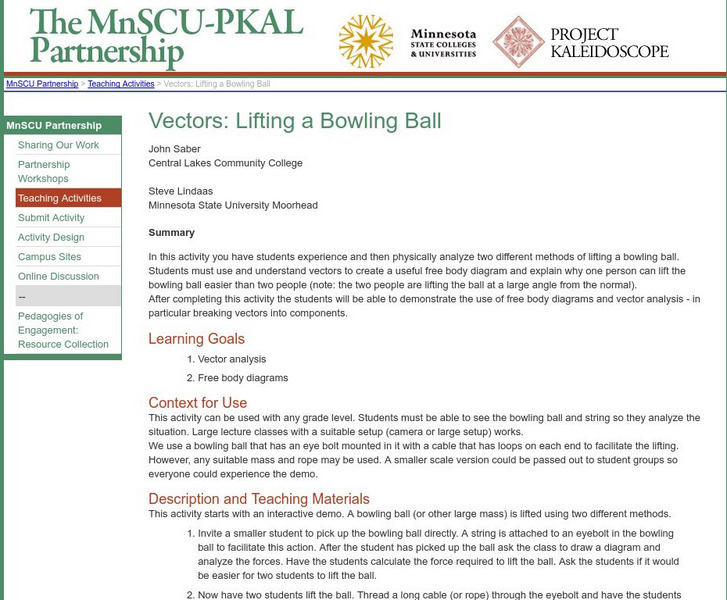
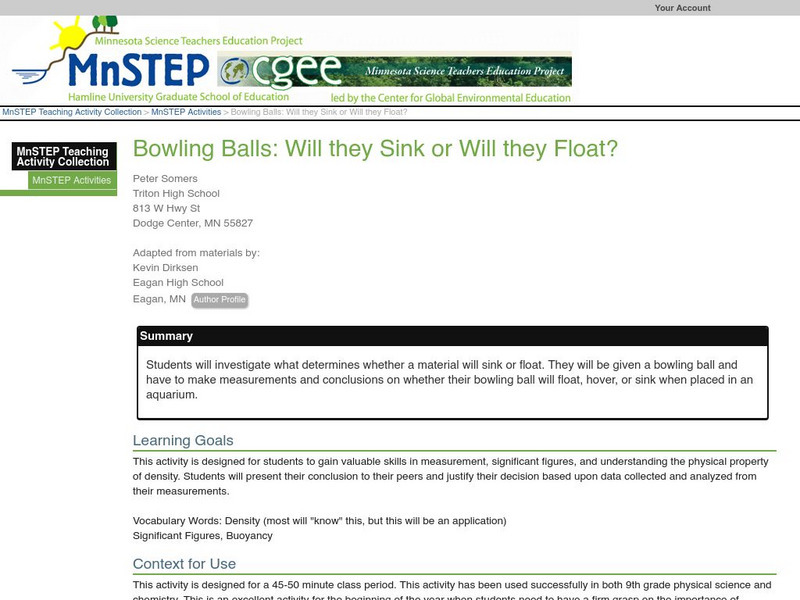
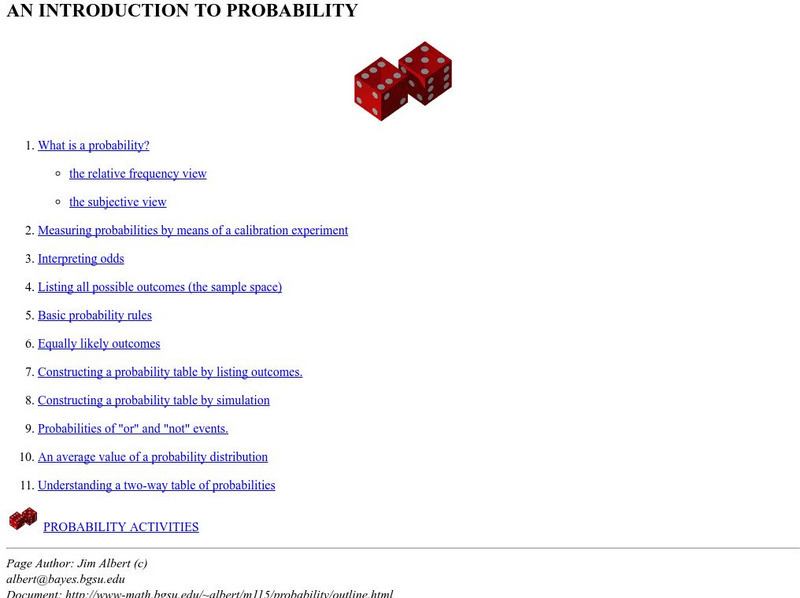



![Bullock Museum: Chapter Ten: Resources and Climates [Pdf] Unit Plan Bullock Museum: Chapter Ten: Resources and Climates [Pdf] Unit Plan](https://d15y2dacu3jp90.cloudfront.net/images/attachment_defaults/resource/large/FPO-knovation.png)



